A Guide to Charging an Electric Vehicle
Share
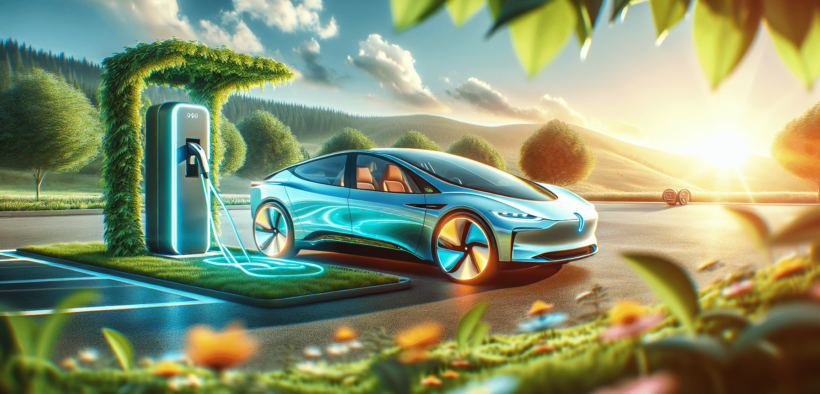
So you’ve decided to take the leap into the world of electric vehicles (EVs) and now you’re left wondering: how long is this going to take? Charging an EV may seem like a daunting task, but fear not! This comprehensive guide will break it down for you, providing all the information you need to know about charging times, different charging options, and tips to maximize efficiency. Say goodbye to range anxiety and hello to a future of convenient and sustainable transportation. Get ready to plug in and power up!
Understanding Electric Vehicle Charging
Electric vehicle charging is an essential aspect of owning and operating an electric vehicle (EV). In this comprehensive guide, we will walk you through the different types of EV charging, the various charging levels, and the different types of charging connectors. We will also explore the factors that affect charging time, strategies for charging at home, tips for charging on the go, the differences between fast and slow charging, and charging etiquette. Additionally, we will discuss best practices, charging challenges and solutions, and the future of electric vehicle charging.
Types of Electric Vehicle Charging
There are three main types of EV charging: Level 1, Level 2, and DC fast charging. Level 1 charging is the slowest option and typically uses a standard household outlet (120 volts). Level 2 charging operates at a higher voltage (240 volts) and offers faster charging times. DC fast charging delivers the fastest charging speeds and is commonly found at public charging stations and select home charging units.
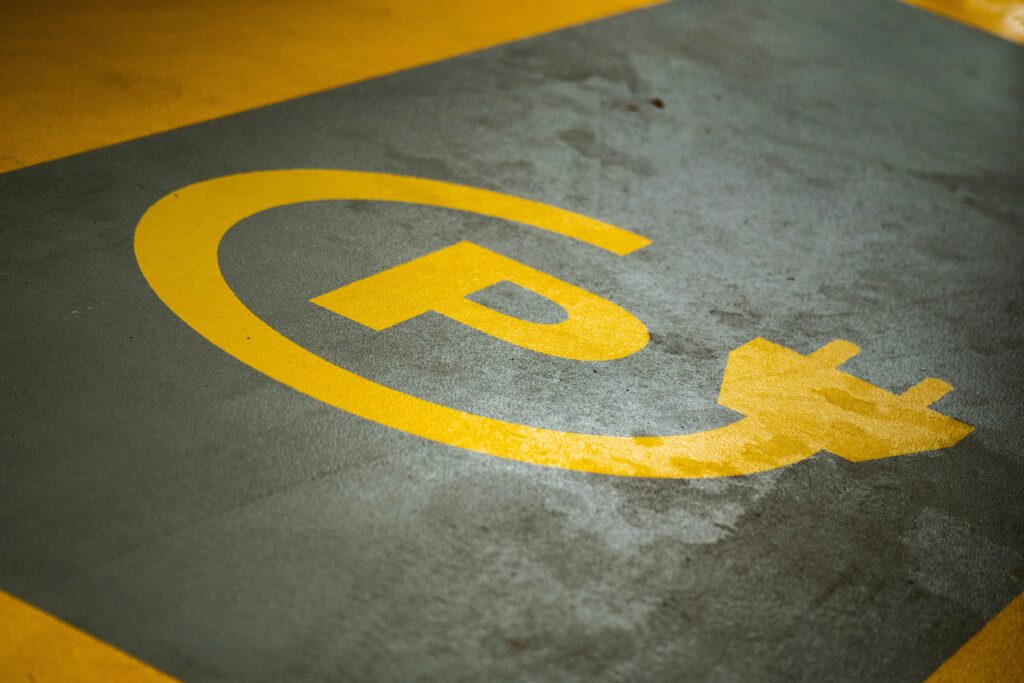
Charging Levels
Charging levels refer to the different charging speeds provided by charging equipment. Level 1 charging, as mentioned earlier, uses a standard household outlet and typically provides around 2-5 miles of range per hour of charging. Level 2 charging, on the other hand, can provide around 10-20 miles of range per hour of charging. DC fast charging, the fastest option, can provide approximately 60-80 miles of range in just 20 minutes of charging, although this can vary depending on the specific EV and charging station.
Electric Vehicle Charging Connectors
Electric vehicles can have different types of charging connectors, depending on the region and the specific manufacturer. The most common types are the J1772 connector, used for Level 1 and Level 2 charging, and the CCS (Combined Charging System) connector, used for DC fast charging. The CHAdeMO connector is another type of DC fast charging connector, mainly used by Nissan and Mitsubishi. Tesla vehicles have their own proprietary connector, called the Tesla Connector, but adapters are available to use Tesla charging stations with other EVs.
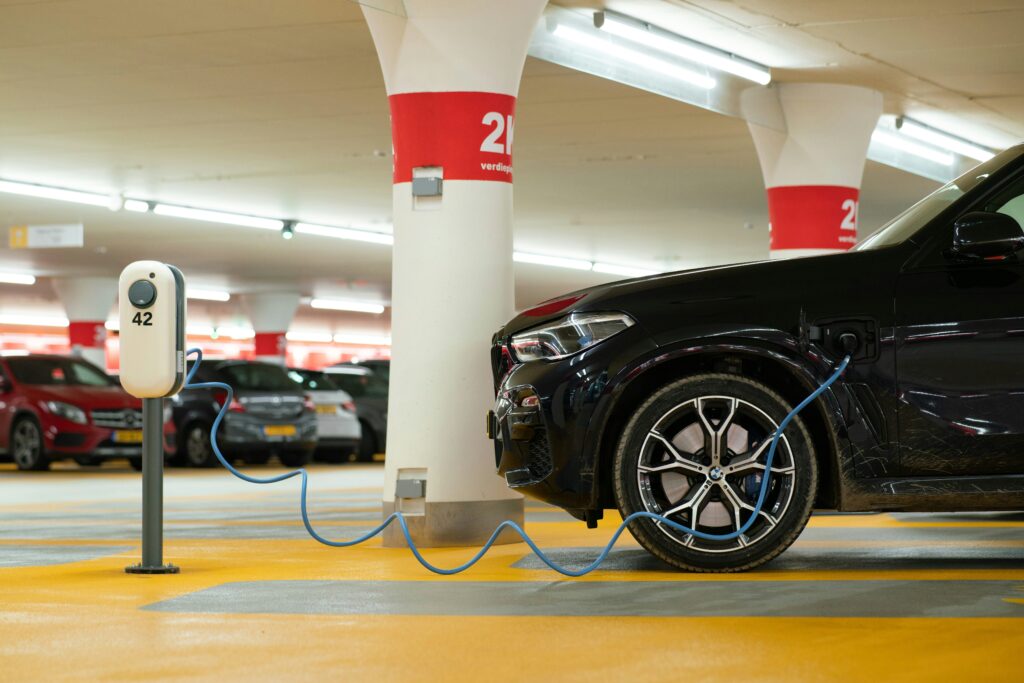
Charging Equipment
To charge your electric vehicle, you will need charging equipment. Home charging stations, also known as electric vehicle supply equipment (EVSE), are a popular option for convenient charging at home. Public charging stations, located in various public places and parking lots, provide charging opportunities on the go. Portable chargers are handy devices that allow you to charge your EV using a standard outlet when away from home or in an emergency situation.
Factors Affecting Charging Time
Several factors affect the charging time of an electric vehicle, including battery capacity, charging level, and the type of charging equipment used. Battery capacity plays a significant role since larger batteries take longer to charge. Charging level also affects the charging time, with Level 1 being the slowest and DC fast charging being the fastest. The charging equipment’s power output is another crucial factor, as higher-power charging stations can deliver more electricity to the vehicle, reducing the overall charging time.
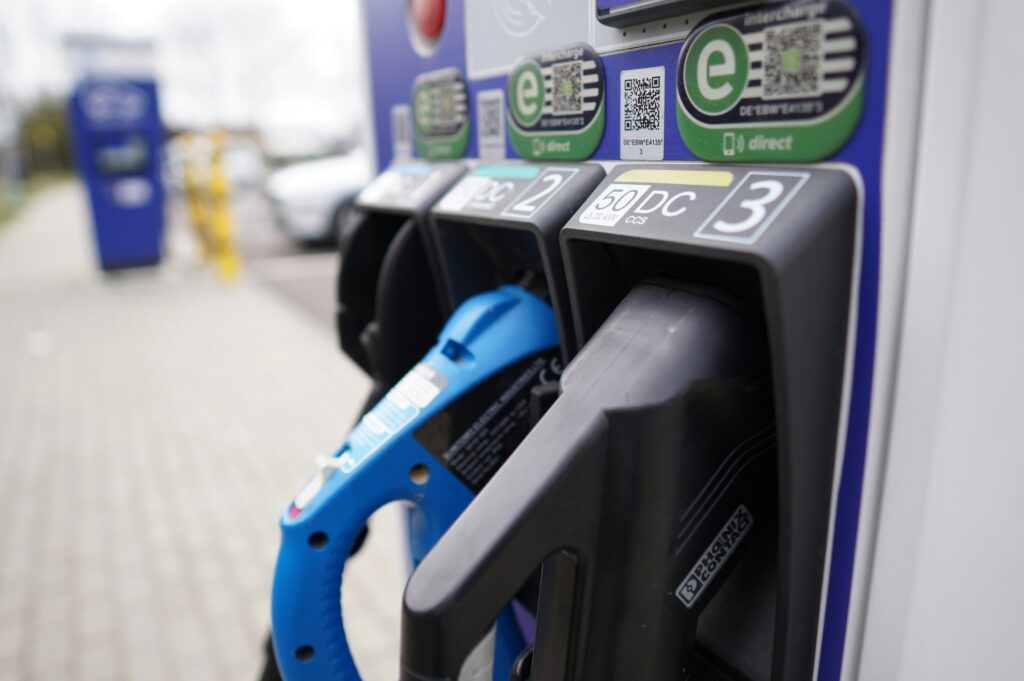
Charging at Home
Charging your electric vehicle at home is often the most convenient option for many EV owners. Installing a home charging station, also known as an EVSE, allows you to charge your EV more quickly and efficiently than using a standard household outlet. When installing a home charging station, it is crucial to consult a qualified electrician to ensure proper installation and to comply with local electrical codes and regulations. Safety precautions, such as using a dedicated circuit for the charging station and avoiding overloading your electrical system, should be followed to mitigate any potential risks. Additionally, managing charging costs by taking advantage of off-peak electricity rates can help reduce the overall charging expenses.
Charging on the Go
When you are away from home and need to charge your electric vehicle, public charging stations become your go-to option. Public charging stations can be found at various locations such as shopping centers, parking garages, and along major highways. Using these charging stations is relatively straightforward: simply locate the station, connect your EV to the charging cable, and initiate the charging process. Some public charging stations may require a charging network membership or payment through apps or credit cards. Tools like mobile apps and online directories can help you find nearby charging stations and provide real-time availability information.
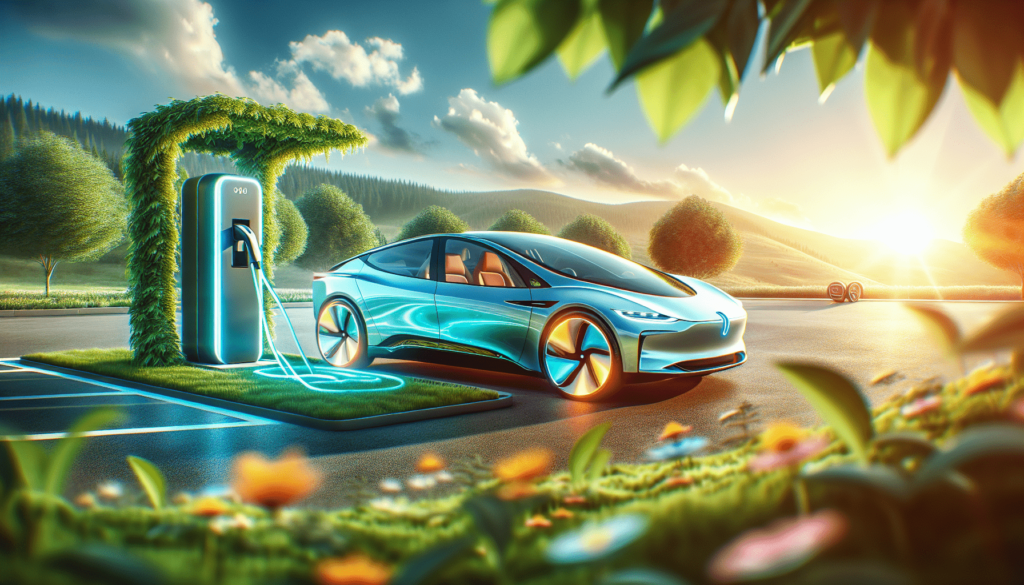
Fast Charging vs. Slow Charging
Fast charging and slow charging are two options for charging an electric vehicle, each with its distinct advantages and considerations. Fast charging, typically available through DC fast charging stations, can rapidly replenish your EV’s battery and provide a significant amount of range in a short amount of time. This is particularly beneficial during long trips or when time is limited. However, fast charging can come with limitations. The fast charging infrastructure may not be as widespread as slower charging options, and using fast charging frequently can impact the battery’s long-term health. On the other hand, slow charging, such as Level 1 and Level 2 charging, is more widely available and delivers a slower, more gentle charge to the battery. This can be beneficial for the health of your battery over time. The choice between fast charging and slow charging depends on your specific needs, priorities, and the availability of charging stations in your area.
Charging Etiquette
As the popularity of electric vehicles continues to grow, it is important to be mindful of charging etiquette when using public charging stations. Parking considerations are crucial, as you should always park your EV in designated charging spots only when you are actively charging. Once your vehicle has finished charging, it is courteous to vacate the charging spot to allow others to charge their EVs. Additionally, respecting charging time limits ensures that everyone has an equal opportunity to charge their vehicles. Lastly, leaving charging spaces clean and free from debris shows consideration for other EV owners and helps maintain a positive charging experience for all.
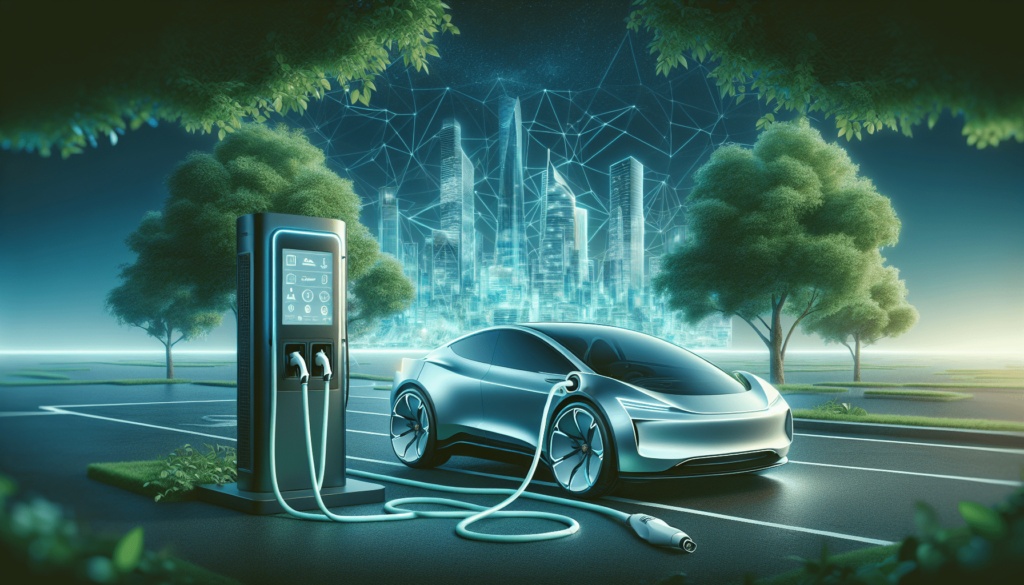
Charging Tips and Best Practices
To optimize your charging experience and maximize the range of your electric vehicle, consider the following tips and best practices. When planning long trips, it is essential to identify charging stops along your route to ensure you have access to charging stations when needed. Taking advantage of off-peak charging periods, typically overnight or during low-demand hours, can save you money on electricity rates. Monitoring the charging progress through your vehicle’s dashboard or a mobile app allows you to stay informed and ensure that your vehicle is charging correctly and efficiently.
Charging Challenges and Solutions
As electric vehicles become more prevalent, the charging infrastructure must continue to expand to accommodate the growing demand. Challenges such as limited charging stations and potential strain on the electrical grid require innovative solutions. The advancement of battery technology, including higher capacity and faster-charging batteries, contributes to reducing charging times and increasing the range of electric vehicles. Additionally, integrating charging networks and improving interoperability between different charging systems and protocols helps streamline the charging process and enhance user convenience.
Conclusion
Owning an electric vehicle brings numerous benefits, including reduced emissions, lower operating costs, and a smoother, quieter driving experience. However, the development of a robust and accessible charging infrastructure is crucial for widespread EV adoption. Understanding the different types of charging, the factors influencing charging time, and proper charging etiquette are vital aspects of being an EV owner. By following best practices, taking advantage of the evolving technologies, and supporting the ongoing expansion of charging infrastructure, we can shape the future of electric vehicle charging to create a more sustainable and convenient transportation system.

